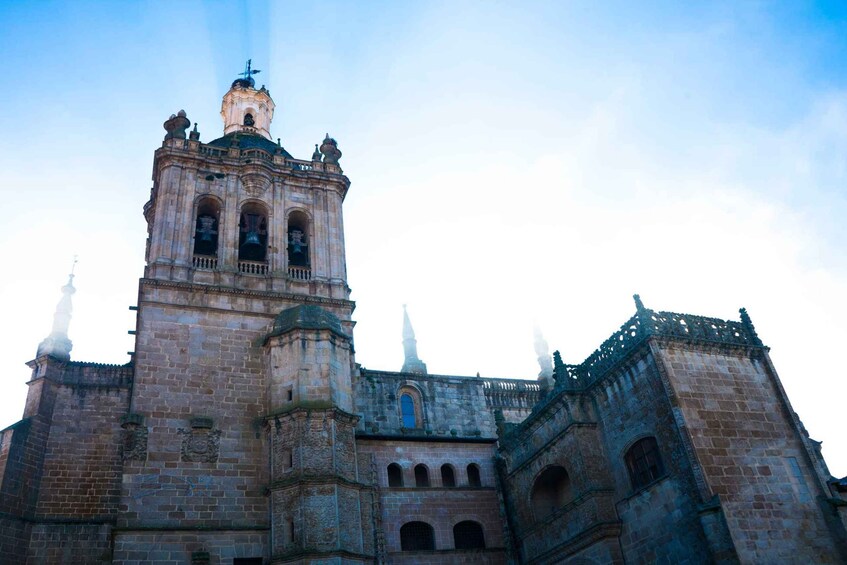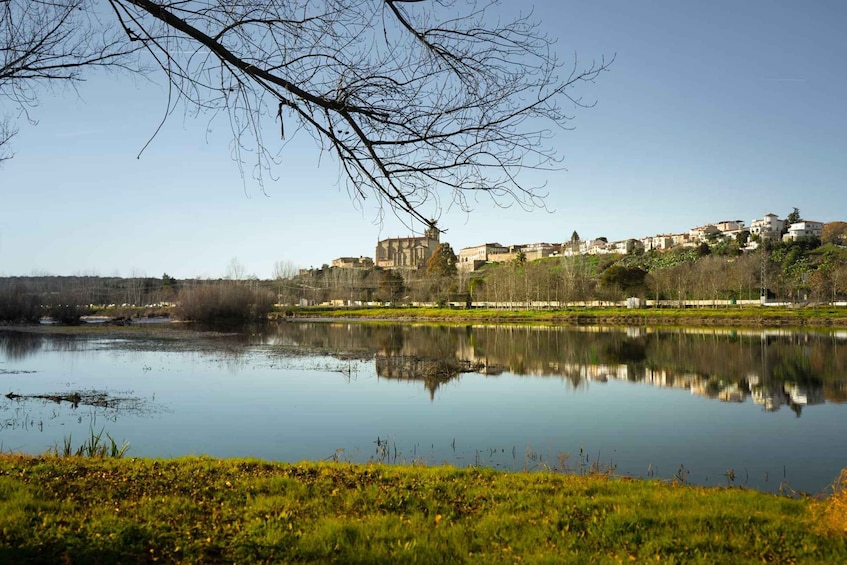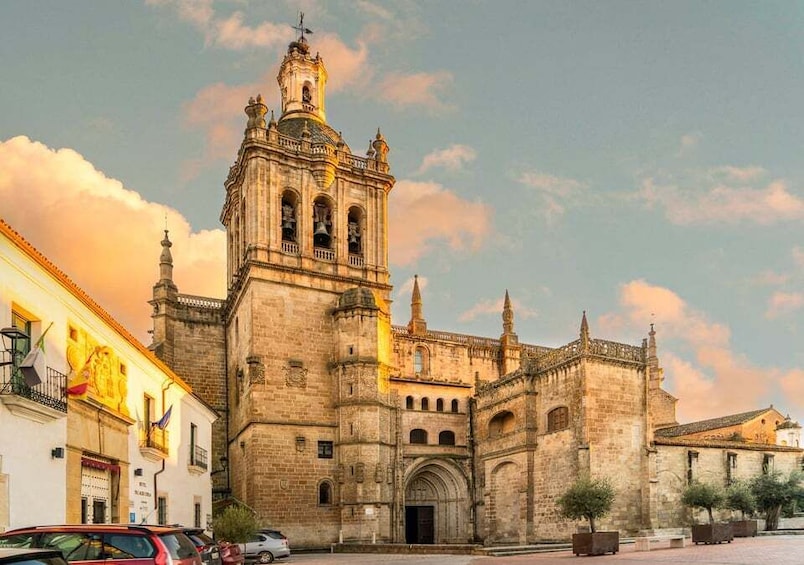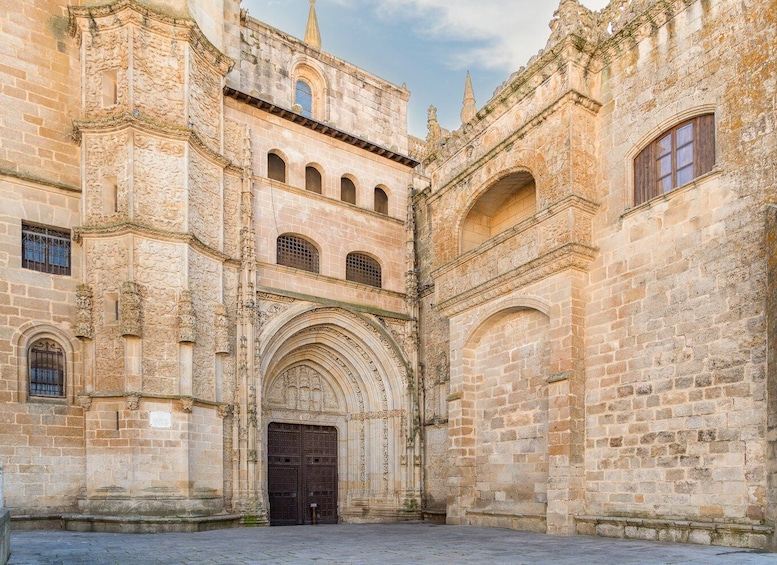Members save 10% or more on over 100,000 hotels worldwide when you’re signed in





Coria: Cathedral of Coria Ticket Entrance
Features
- Free cancellation available
- Mobile voucher
- Instant confirmation
Overview
- Immerse yourself into Roman Catholic history
- Marvel at the stunning structure of the Cathedral, product of centuries of work
- Learn about Gothic and Plateresque thresholds
Activity location
- Coria Cathedral
- Extremadura, Extremadura, Spain
Meeting/Redemption Point
- Pl. Catedral, 5, 10800 Coria, Cáceres, Spain | Coria Cathedral
- Coria, Extremadura, Spain
Check availability
Ticket Entrance with audioguide
- Opening hours: Tue 10:30 am-1:30 pm
What's included, what's not
- Ticket entrance to the Cathedral
What you can expect
The Cathedral of Coria is dedicated to the Assumption and shares the honour of being the most important place of worship in the Coria-Cáceres dioceses with the Co-Cathedral Santa María de Cáceres. The Catedral de la Asunción de Coria (“Cathedral of the Assumption of Coria”) is a building erected between the Fifteenth and Eighteenth Centuries which replaced an earlier church; of this previous structure only the Fifteenth Century cloister remains with its pointed arch openings, in which the doorposts used to show beams made out of small columns. However, the church today is a magnificent temple which brings together the late Gothic and the Renaissance with Baroque touches.
Construction on the place of worship we see today started in 1496 under Bishop Pedro Ximénez de Préxamo. It started out as a church with a large and solitary nave covered with starred rib vaults, so typical of the Sixteenth Century’s decadent Gothic architecture. The Cathedral of Coria has two thresholds. That of the northern wall is late Gothic with pointed archivolts flanked by flamboyant Gothic pinnacles and is the work of Martín de Solórzano.
The southern door (Puerta del Perdón or “Door of Forgiveness”) is Plateresque. It has two entrances with a basket-handle arch framed by Renaissance columns and, above this, there are several triangular gables with relief depictions of the Annunciation and the Birth, the Adoration of the Shepherds, the Epiphany, St Peter and St Paul, etc. Above the door stands a large, pointed-arch window with typical Renaissance structure and decoration. The creator of this façade was Pedro de Ybarra.
A highlight is the main altarpiece – constructed in the Eighteenth Century with carvings by Alejandro Carnicero – and the other is Jiménez de Préxamo’s episcopal sepulchres. The choir is noteworthy for its Mudéjar-style walnut seating built in the Fifteenth and Sixteenth Centuries and enclosed with a proto-Renaissance gate from the Sixteenth Century. Also significant are the larger chapel’s grill (Sixteenth and Eighteenth Century) and altarpieces of las Reliquias or “the relics” (Eighteenth Century) and of San Pedro de Alcántara (Seventeenth Century).
Location
Activity location
- Coria Cathedral
- Extremadura, Extremadura, Spain
Meeting/Redemption Point
- Pl. Catedral, 5, 10800 Coria, Cáceres, Spain | Coria Cathedral
- Coria, Extremadura, Spain